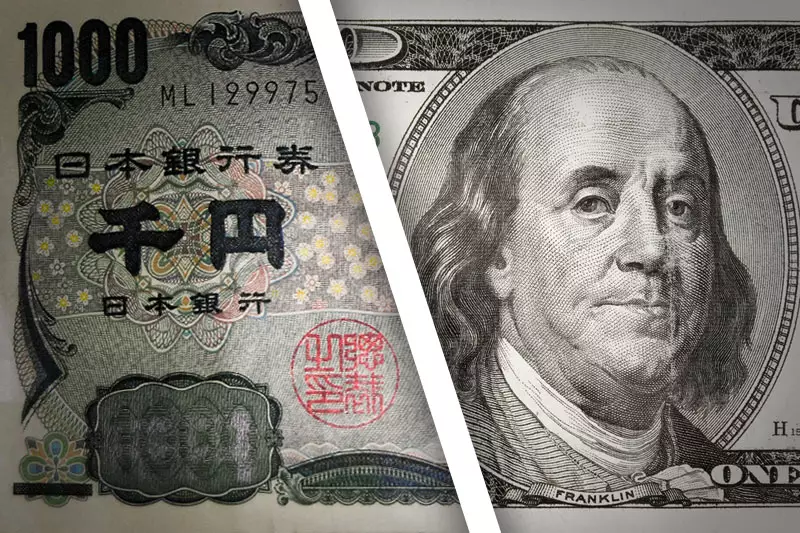The currency market in Asia is experiencing a notable shift, influenced largely by the ramifications of U.S. monetary policy and economic indicators from key regional economies. The dynamics of currency trading can be complicated, and an understanding of the nuances is imperative for investors and financial analysts alike. In this article, we will delve into the downward trajectory of most Asian currencies, the unique performance of the Japanese yen, and the implications of economic data from influential players such as China and Australia.
As of Thursday, Asian currencies generally exhibited a declining trend, primarily driven by the dollar’s resurgence. A stronger dollar often spells trouble for other currencies, and the recent hawkish stance of the Federal Reserve has perpetuated speculation around a gradual reduction of interest rates moving into 2025. With the dollar index hovering near two-year highs, investors are becoming increasingly cautious. The implications of this confidence surrounding the dollar cannot be understated as it fuels concerns over capital flows out of emerging markets back into the perceived safety of U.S. assets.
In light of this central bank influence, currencies across Asia grapple with the consequences. Disparities create a ripple effect—while some currencies attempt to hold ground, the overpowering force of a robust dollar looms large. Hence, stakeholders must rethink their strategies, particularly in light of global economic interdependencies.
Amid the general trend of currency depreciation, the Japanese yen presents a different picture. The yen has recently gained strength, particularly after the release of better-than-expected wage data for November. This development has instigated renewed conversations about a possible interest rate hike by the Bank of Japan (BOJ). Analysts note that an environment of increasing wages could bolster inflation, ultimately nudging the BOJ towards changing its rate policies sooner rather than later.
Reportedly, there is a prevailing optimism regarding Japan’s economic recovery. Recent data suggests a virtuous cycle—growing wages leading to higher consumption and, subsequently, inflation. However, it’s essential to approach optimism with caution considering the inherent volatility of economic indicators. While some analysts project a hike as early as January, conditional variables remain at play, and decisions by the central bank are often unpredictable and guided by shifting economic landscapes.
Turning the spotlight to China, it becomes apparent that the yuan is facing considerable headwinds, struggling against the backdrop of persistent disinflation. Weak inflation figures have perturbed market sentiment, signaling potential challenges ahead for Beijing’s economic policies. The continuing contraction in producer prices emphasizes the struggle of Chinese manufacturers, thus requiring the government to consider further stimulus measures.
The yuan’s recent performance, dwindling to levels not seen in nearly two decades, encapsulates growing concerns over China’s economic stability. It underscores how interlinked currency movements are with domestic economic performance. With the yuan’s value flirting with the psychologically immersive 7.3 mark against the dollar, it becomes critical for Chinese policymakers to inject confidence back into the economy.
Broader trends indicate a weakening perception towards Asian currencies. In Australia, the recent dip in retail sales data, despite a boost from consumer events, prompts concerns about consumer sentiment and spending levels. Moreover, Korea’s won experienced similar declines amid domestic political challenges, further showcasing the intricate balance between domestic occurrences and global currency performance.
The days ahead for the Indian rupee hold uncertainties, positioned just below the 86 mark against the dollar. Market participants are keen to observe how geopolitical factors and global economic indicators play into the rupee’s trajectory moving forward.
Asian currencies are navigating through turbulent waters characterized by external U.S. influences and domestic economic pressures. Stakeholders should remain vigilant and adaptable, analyzing the nuanced interplay of policy decisions and economic indicators that will undoubtedly shape the currency landscape in the region for the foreseeable future. Continuing to monitor these dynamics will be crucial for informed investment decisions and economic forecasting.

